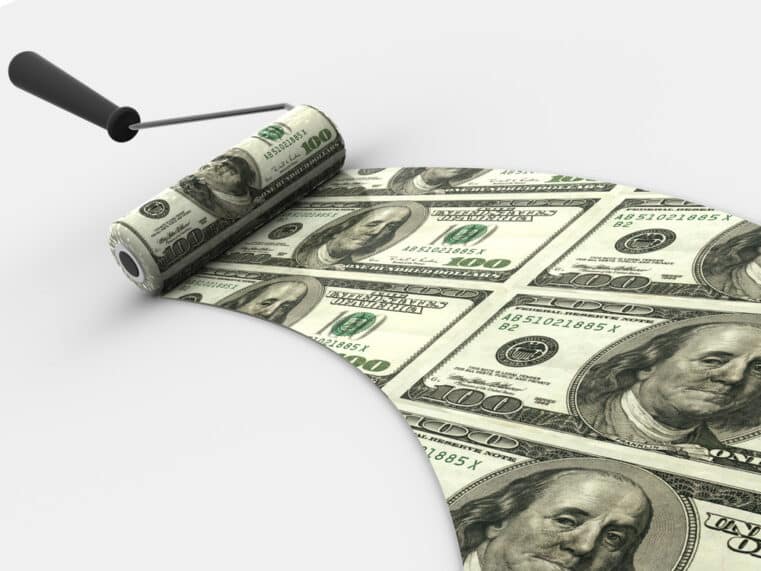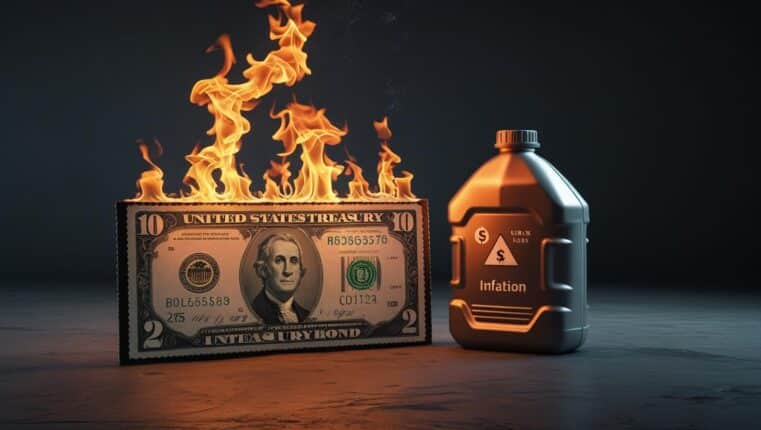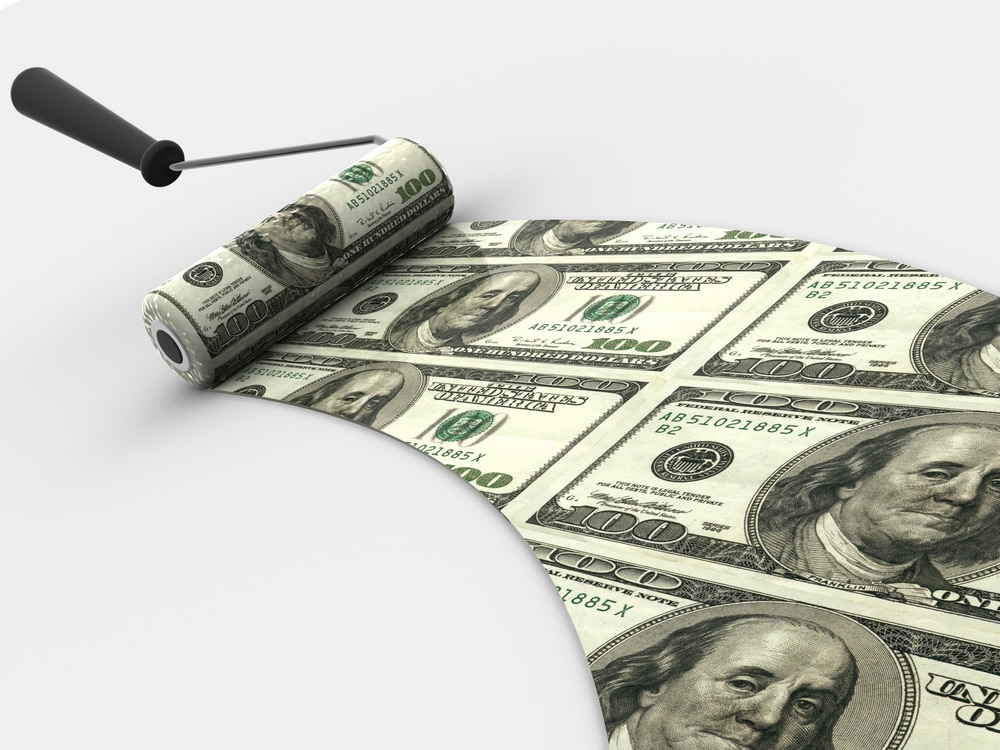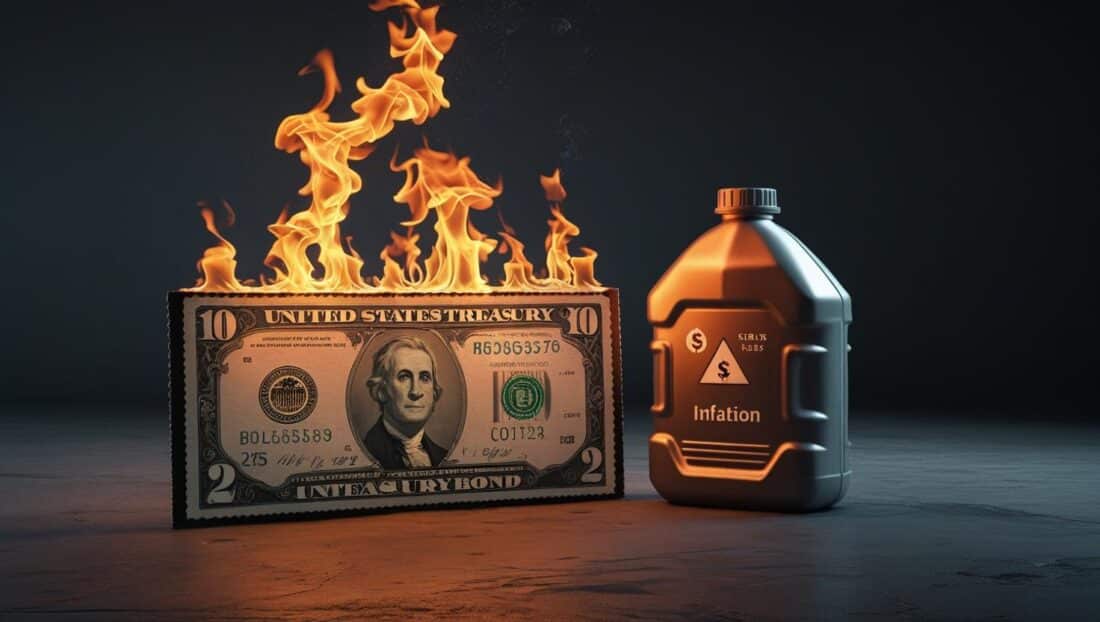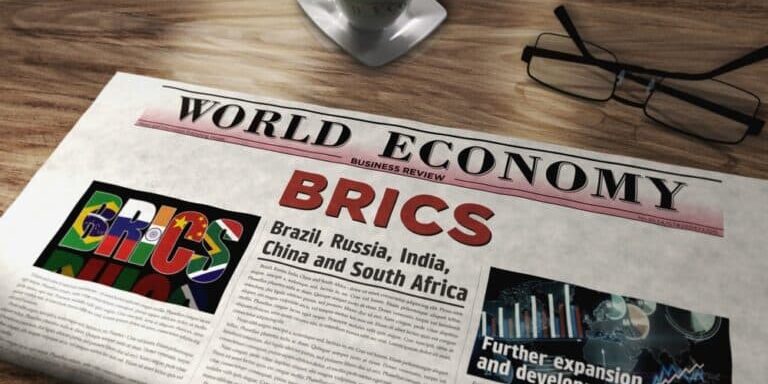
BRICS Explodes: 11 Members Now, 32 Nations Racing to Join the Anti-Dollar Bloc
BRICS Moves from 5 to 11 Members—And Counting
The BRICS alliance, originally made up of Brazil, Russia, India, China, and South Africa, has now ballooned to 11 full members. The latest expansion included Saudi Arabia in July 2025, following earlier additions such as Egypt, Ethiopia, Iran, UAE, and Indonesia. These nations have joined not for symbolism, but to gain access to alternative financing through the BRICS-led New Development Bank—and to sidestep the chokehold of the U.S. dollar in global trade.
The bloc now commands over 25% of global GDP and represents nearly half of the world’s population. This isn’t a diplomatic club—it’s an emerging parallel economy. They’ve also built a network of 13 “partner countries” from every strategic region, from Belarus to Nigeria to Malaysia, quietly building supply chains and finance systems that bypass Washington.
32 More Nations Are Lining Up to Join
The waiting list is staggering: 32 nations want in, with 23 having already filed official applications. Among them are Bahrain, Turkey, Vietnam, Mexico, Kuwait, Sri Lanka, and Uzbekistan. The motivations are clear—gain access to non-dollar lending, secure better trade terms, and shield their economies from Western sanctions.
Oil-rich Gulf states see BRICS as an escape hatch from U.S. energy policy. Mexico could give the alliance a stronger foothold in Latin America, while Belarus offers a bridge into Eastern Europe. These aren’t random applicants—they’re strategically chosen pieces in a geopolitical chess game.
July 2025 Summit: Expansion Amid Tensions
The latest BRICS summit in Rio de Janeiro laid out criteria for new members. But behind the smiles and photo ops, divisions remain. China and Russia want rapid expansion; Brazil and India prefer a slower, more selective approach. Even attendance told a story—Xi Jinping skipped the summit for the first time since 2013, and Vladimir Putin attended virtually due to ICC arrest warrants.
Meanwhile, U.S. President Donald Trump declared, “BRICS is dead,” while threatening higher tariffs on members. But the data says otherwise—the alliance is growing faster than at any point in its history.
Why This Matters for You and Your Money
Since 2016, the BRICS New Development Bank has deployed over $32 billion across 96 infrastructure projects, many in local currencies—not dollars. This means less reliance on the dollar globally, and over time, reduced demand for U.S. Treasuries. That spells long-term trouble for the dollar’s buying power.
UN Secretary-General António Guterres put it bluntly: “This system was created by rich countries to benefit rich countries.” BRICS expansion is a direct challenge to that system—and a lifeline for countries wanting off the dollar standard.
If you think this is just another international meeting, you’re missing the point. What’s happening here is the slow-motion erosion of U.S. financial dominance. When the shift accelerates—and it will—ordinary Americans will feel it first through inflation, higher interest rates, and reduced purchasing power.
The smart move? Don’t wait until the headlines hit Wall Street. Get informed, diversify your holdings, and understand the safe steps you can take now. My free report 7 Steps to Protect Your Account from Bank Failure will walk you through practical actions you can take before the next shock hits. Download it here.



